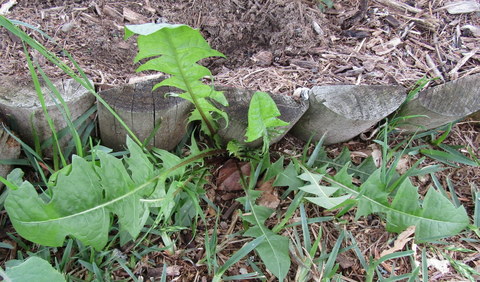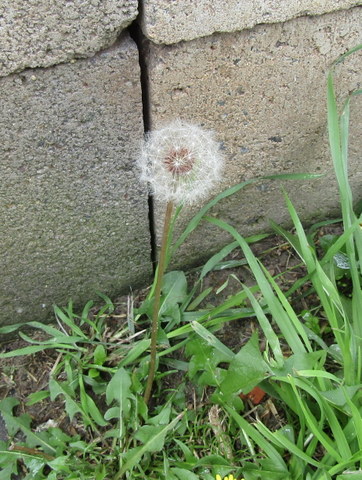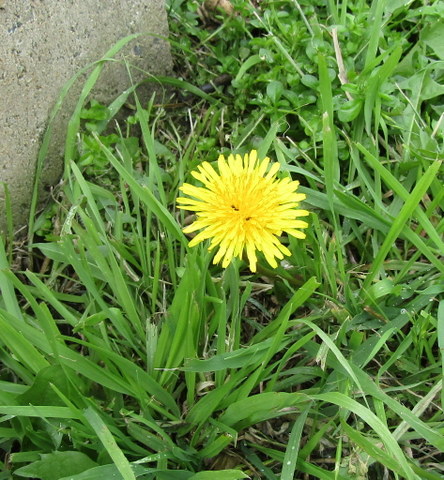The dandelion (taraxacum officinale) is a wonderful, multi-purpose plant which virtually grows itself, it is such a shame that we classify it as a ‘weed’ and immediately try to eradicate it from our lawns and gardens.
The dandelion has smooth dark green leaves which have jagged margins with backwards facing teeth, in fact the name dandelion is a corruption of the French dente di leone (tooth of the lion). The flower stems are straight and hollow leading to a yellow flower which matures into a puffball on fertilisation. The dandelion leaf and flower stem oozes a milky sap when cut and the plant produces a long white, edible tap root.
Dandelions are a pioneer species (along with many other wild herbs) colonising disturbed ground when other vegetation has been cleared away such as by human activities.
The dandelion contributes many things to you and your garden –
The whole plant is edible – the leaves are rich in vitamin A, C and K, and while they can be eaten cooked, they can be somewhat bitter and benefit from blanching e.g. by having a pot placed over the plant for 10 days prior to harvest to exclude light thus reducing the bitterness of the leaves. Another way to make use of the leaves is to include salt in the dish which will counteract the bitterness, a sample recipe is available here. The root is also edible and can be boiled and eaten as a vegetable (but tends to be a bit bitter and fibrous) or roasted and ground as a coffee substitute. The leaves can be dried and used to make tea.
It acts as a dynamic accumulator – the dandelion plant, by virtue of its tap root, can access soil nutrients below the root zone of many vegetables and accumulate these it its leaves. The leaves can be cut and used as mulch, as a component in weed tea or placed in an extractor which collects these nutrients as the plant breaks down. Elements accumulated include Calcium, potassium, phosphorous, copper, iron, magnesium and silicon.
Dandelions act as insectary plants - providing food for native bees and honey bees, as well as lacewings, ladybirds and hoverflies, thereby attracting these useful species to your garden where they can assist by pollinating your productive plants or working to curb pest species. This improves the biodiversity of you garden.
They are reputed to have medicinal properties – and has been used in tincture, infusions and salves to treat skin conditions and sore muscles, or as a tea for constipation or as a diuretic.
Dandelion flowers can be used as a natural dye for alpaca or sheep’s wool and produces a soft yellow colour when used with an alum mordant or green when used with a potassium dichromate mordant.
As a component in a guild or food forest, in addition to all of the above, dandelions acts as diggers or miners, sending their taproots down to loosen the soil and improve penetration of air and water more deeply into the soil.
Dandelion also provides high quality edible forage for chooks, rabbits and other herbivorous domestic animals.
So when you next see dandelions making an appearance in your lawn or garden beds, put away the sprayer or spade and make use of the food this wonderful plant so freely provides!






